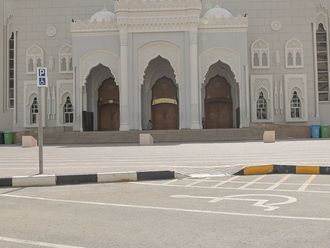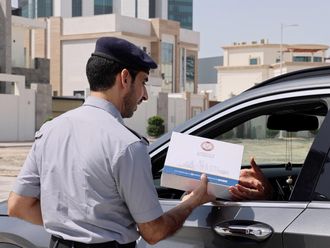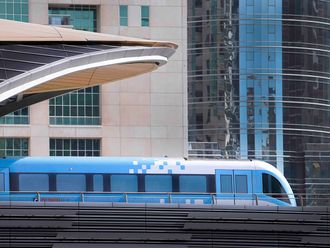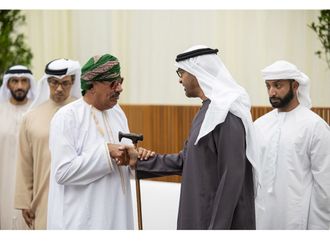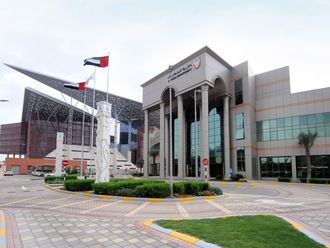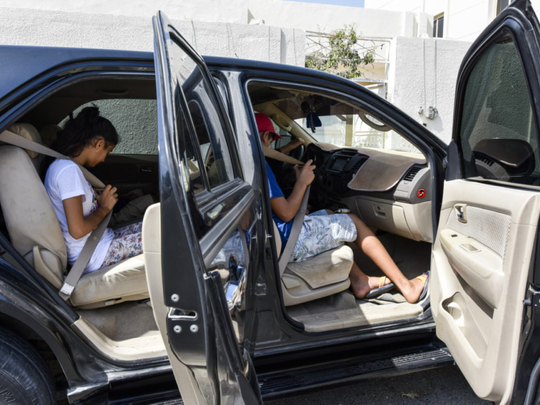
Dubai: While there is still a few months left before the scorching weather hits the UAE, road safety experts are advising motorists to start checking the safety of their cars.
As part of the Inspect It For Me campaign, Road Safety UAE has organised free safety car checks in Dubai that will run until April 7, 2018.
The initiative stems from recent research conducted on the main causes of vehicle breakdowns in the UAE, which revealed that almost a third of cars, 32 per cent, towed from January-October 2017 required battery boosting.
ALSO READ:
• Now, get used-car history from RTA
• 5 tips to buy a used car in the UAE
• 7 ways to reduce the risk of a car breakdown in summer
According to Enoc Tasjeel, the main reason for cars failing the mandatory vehicle registration test last year was the tire condition, followed by the brakes, body condition, emissions, and steering assembly.
Some of the other reasons for vehicle breakdowns during this period included radiator leakages at 23 per cent, mechanical problems at 16 per cent and flat tires at seven per cent.
|
UAE Vehicle Break-Downs (resulting in towing) |
Percentage |
|---|---|
| Battery boosting | 32 |
| Radiator leakage | 23 |
| Accident towing | 15 |
| Mechanical problems | 16 |
| Off-road pull out | 5 |
| Flat tyre | 7 |
| Fuel delivery | 2 |
Sources: Beep4Help, i-Insured
The pre-summer safety car checks will be held every Saturday from 12-9pm at the Ripe Market in Al Barsha Pond Park, which is located in the main parking.
Organisers said that the initiative is part of an awareness campaign about vehicle roadworthiness and safety.
What to do in a vehicle break-down
- Put your hazard lights on. Get your vehicle off the road, if possible.
- Check the traffic around you and cautiously pull over, ideally to the right-hand side hard shoulder.
- Decelerate in a gradual manner as abrupt breaking can also cause an accident.
- Ideally, move your vehicle even beyond the hard shoulder!
- Put the car in park and engage the handbrake.
- Alight from the vehicle, ideally from the right-hand (passenger) door. Be aware of oncoming traffic.
- Put a warning, reflective triangle on the road at least 100 meters behind your vehicle on the same side of the road. Always take great care when doing this.
- Do not stand between your vehicle and oncoming traffic. Get yourself and your passengers beyond the hard shoulder, which is a very dangerous place to be.
- Call the local emergency services/roadside assistance as the situation demands.
- If you are able to fix the problem yourself, such as changing a flat tyre, do so as far away from the oncoming traffic as possible and the safest possible manner.


